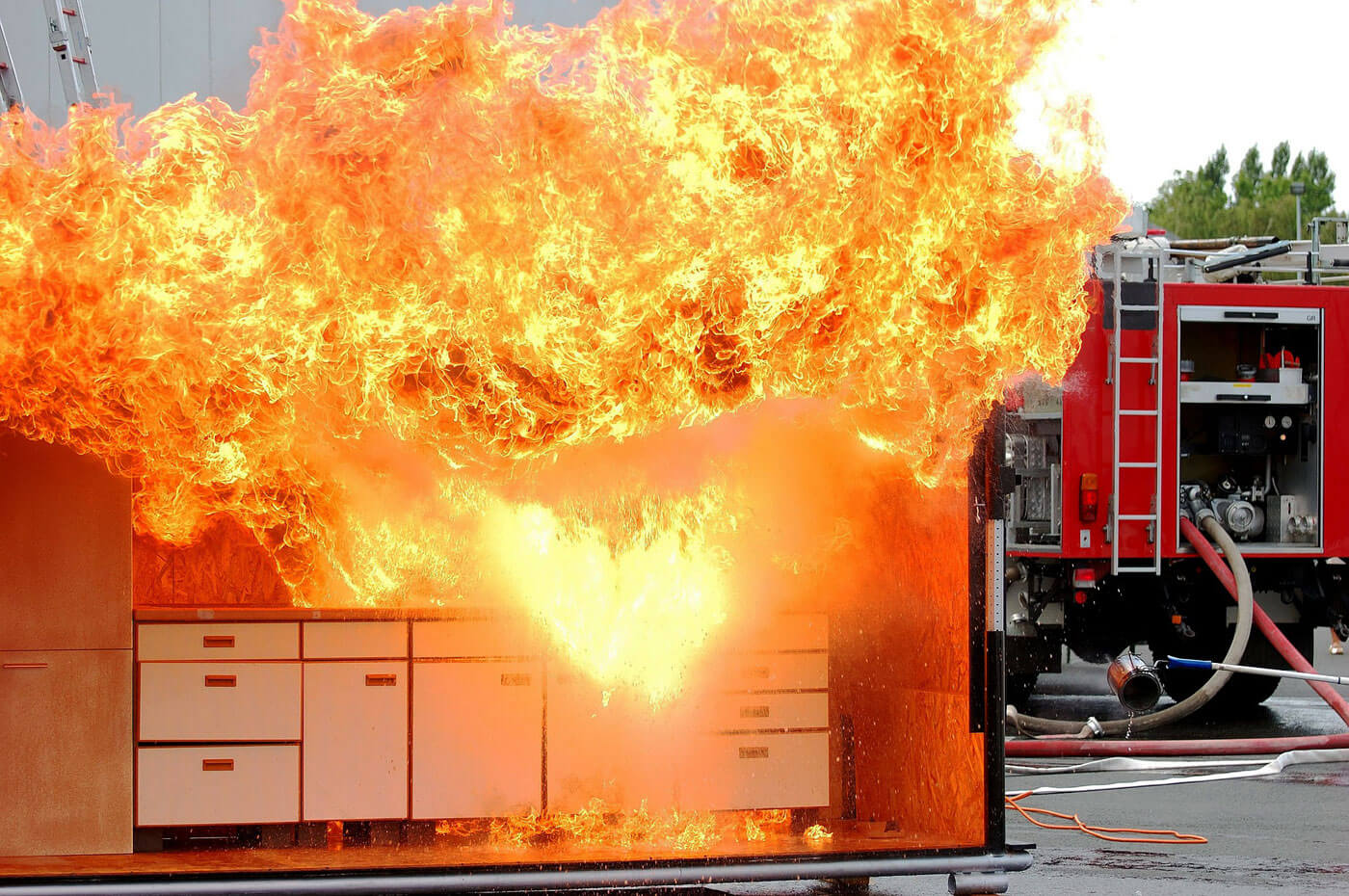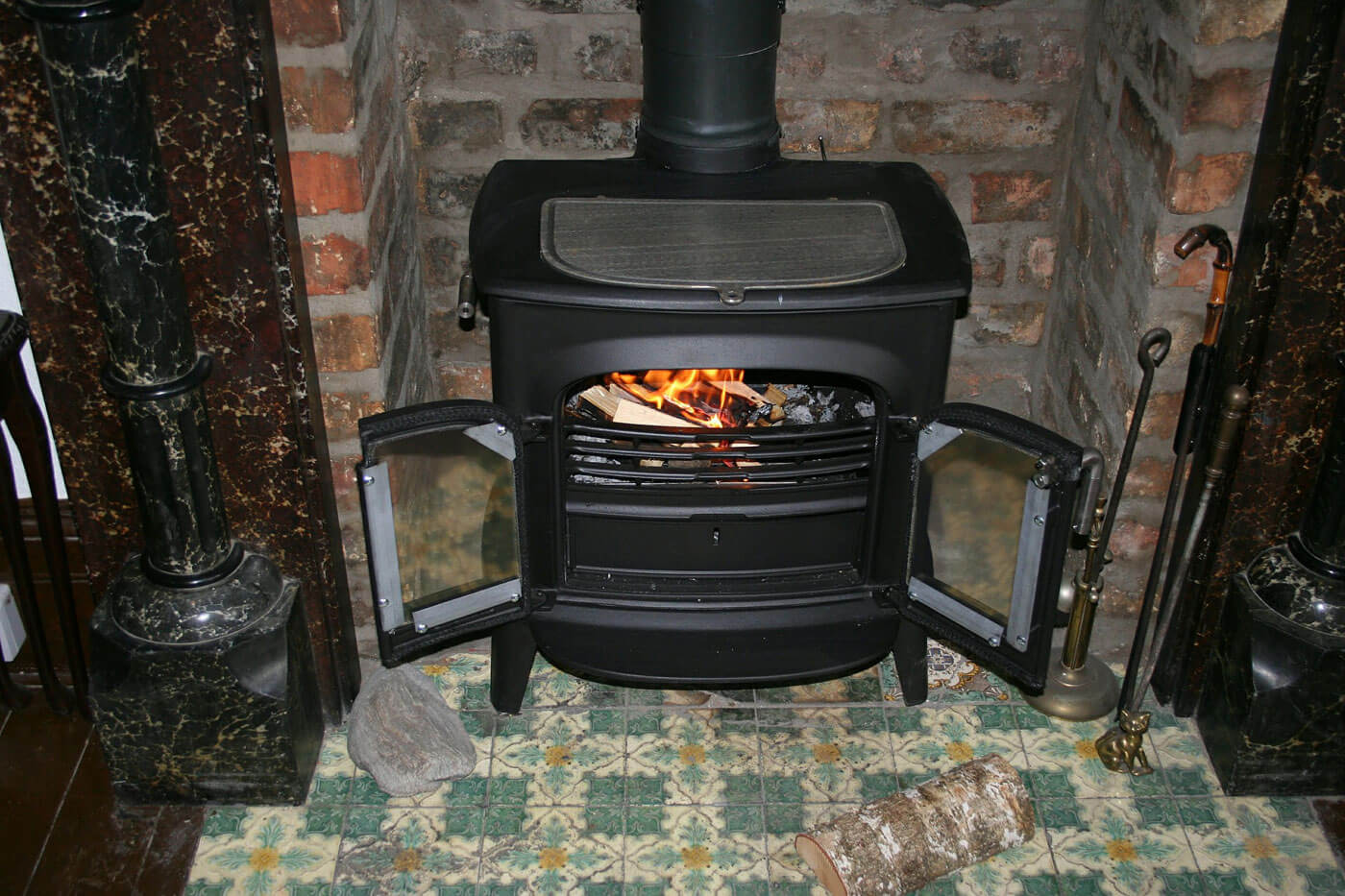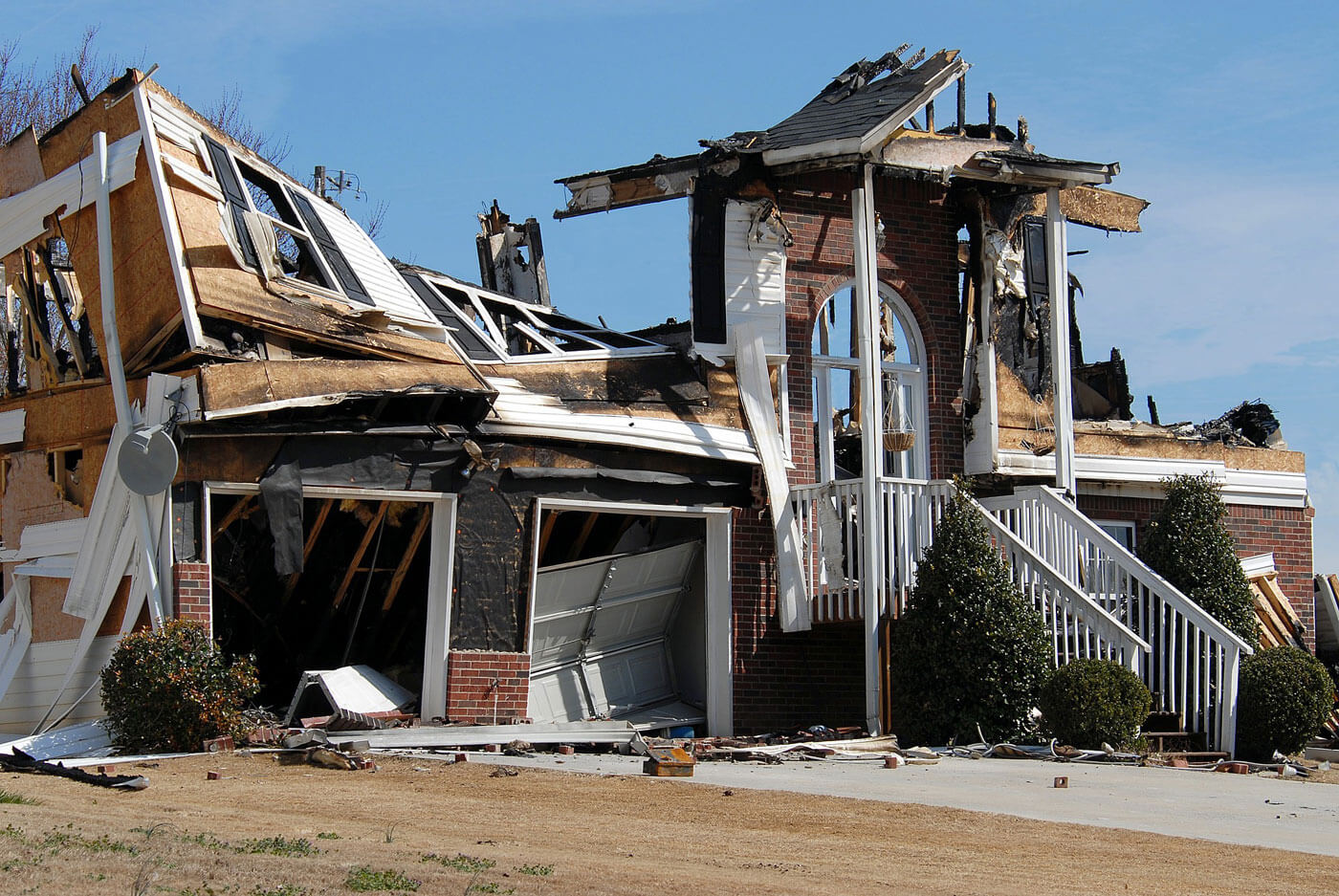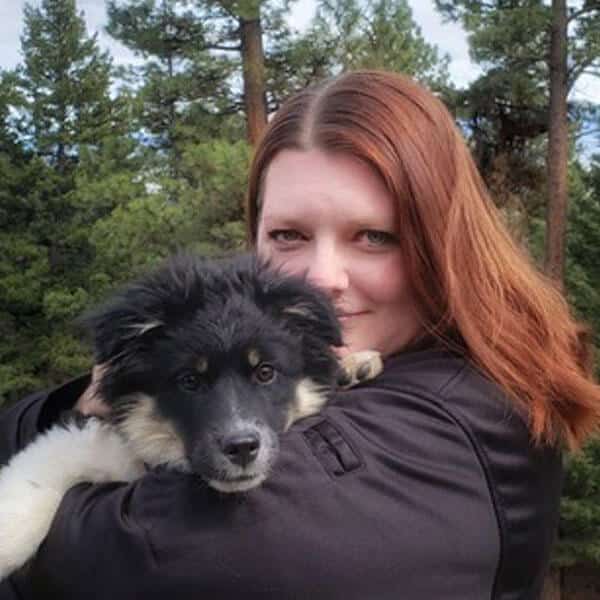Fire-Proofing Your Home
October 16th, 2019
4 minute read
Fire can happen to any home at any time, but many house fires occur during the colder months when furnaces and woodstoves are running full-time. Fire prevention tactics are a must for the responsible homeowner.
Fire prevention is more than just not playing with matches, and it’s something the entire family can and should be involved with year-round. While there are steps to take regardless of the season, fall is the perfect time to make sure you have a safe winter whether you’re wrapping up wildland fire season or getting ready to settle in for a few months — and feet — of snow.
Inspect Your Heating System
This might seem like a no-brainer, but you’d be surprised how often homeowners forget to do this in the fall. In addition, that means checking more than just the furnace or woodstove itself. It means checking any vents and ducting as well for everything from dust to mice. What about the wall around your stove or furnace? Is the material discolored, or hot when you use the system? Is your chimney completely clean from the woodstove all the way through?
Over 43,000 structure fires occur each year as a result of heating and cooling systems, and half of those are chimney fires. Make sure your system is clean, in good repair, and ready to use long before the weather turns cold.

Don’t Get Sloppy with Combustibles
We all know we’re supposed to ensure that combustibles are at least 48 inches away from the woodstove or fireplace, but walk into any home with either of those and chances are you’ll see stacked newspaper, kindling, or firewood right next to it. Convenience often rules the day when it comes to storing your fire-making materials, and that’s often true in the kitchen too, where paper towels, dishcloths and other combustibles might be near your stove.
One stray spark from your fireplace or woodstove can start a fire in your home, and a pan of spattering hot grease or a pot boiling over can cause a flame-up. How fast can that fire spread if it’s not handled appropriately and immediately? In many cases, it is a matter of minutes.
According to the typical timeline of a two-story house fire, after only one and a half minutes, the temperature of the room is over 190 degrees Fahrenheit, with a rapidly descending smoke layer. After one minute more, the temperature is over 400 degrees with deadly smoke pouring through other rooms and moving to the second floor. At about the 3:30 mark, a flashover will occur, which causes everything in the room to auto-ignite and results in a temperature spike to about 1,400 degrees.
When cooking, using your woodstove, or lighting a fire in your fireplace, keep in mind that it can only take minutes for a house to be completely engulfed — and everyone in it unable to survive.

Let Your Ashes Sit
If you’re running a woodstove, chances are you have an ash bucket nearby. It should be metal — not plastic — and when you do empty your woodstove ashes into it, let them sit for at least four days before dumping them outside. The ashes can take that long to cool off, and dumping them outside can start a new fire.
When you do dump your ashes, make sure that you’re not doing it on a windy day; the wind can carry the ashes farther and reignite them if they haven’t cooled down. In addition, you’ll want to have a spot to dump them that isn’t anywhere near your home or other structures.
Alarms Are Necessary
You should have smoke alarms, but carbon monoxide alarms are also becoming a necessity. Carbon monoxide is deadly, and because it’s odorless and tasteless, you’ll never even know you’re breathing it in. Your exposure doesn’t have to consist of one bad night, either; small consistent exposure over time can have lethal effects as well.
Test your alarms monthly, and make sure you have spare batteries for them stashed away where they won’t get snagged for a remote or other device.

Conclusion
Fire prevention is more lifestyle than checklist, just like gun safety. Learn prudent habits and make them part of how you “do fire” in your home and family. Work out a plan so that if an alarm ever goes off, every member of your family knows exactly what to do and where to go. If you do suddenly find yourself in that deadly window of just a few minutes, your training can ensure your family lives through it.
Join the Discussion
Continue Reading
Did you enjoy this article?

 36
36





